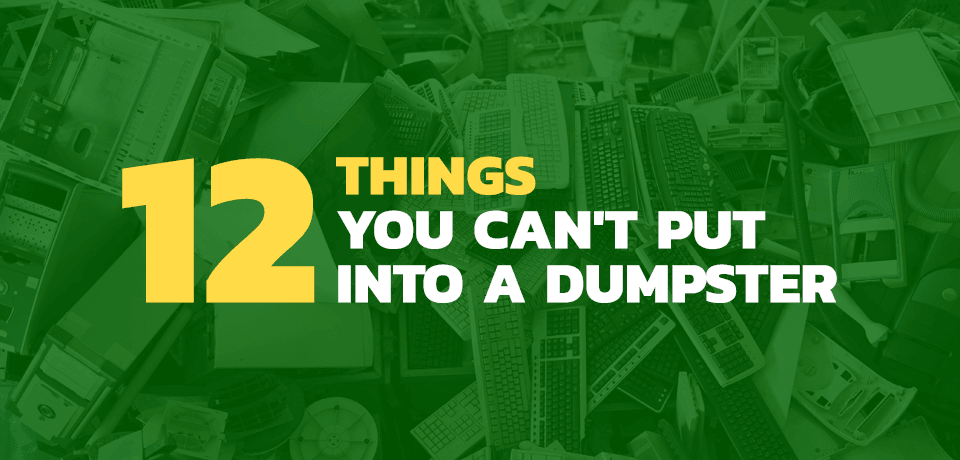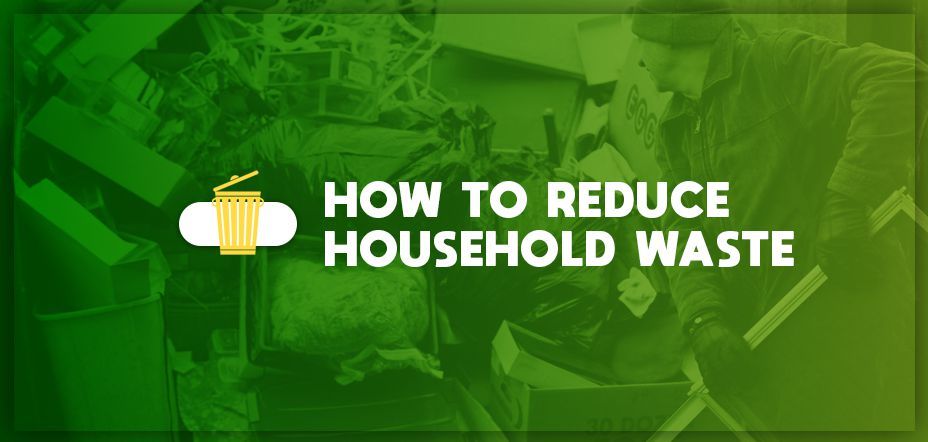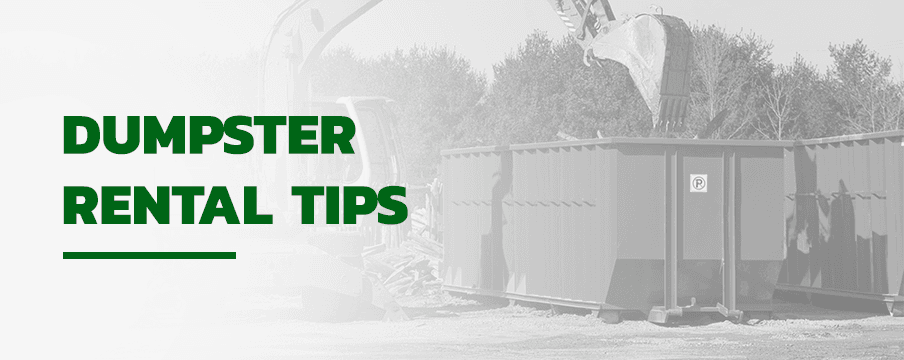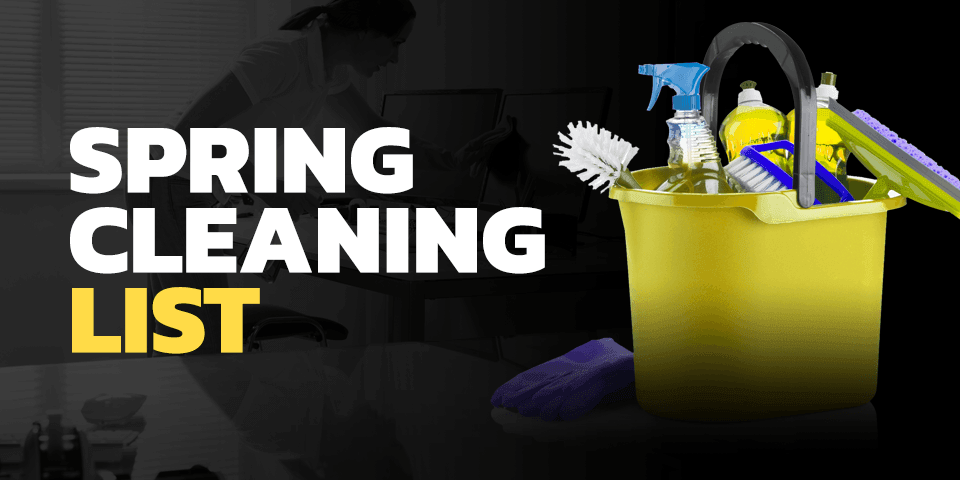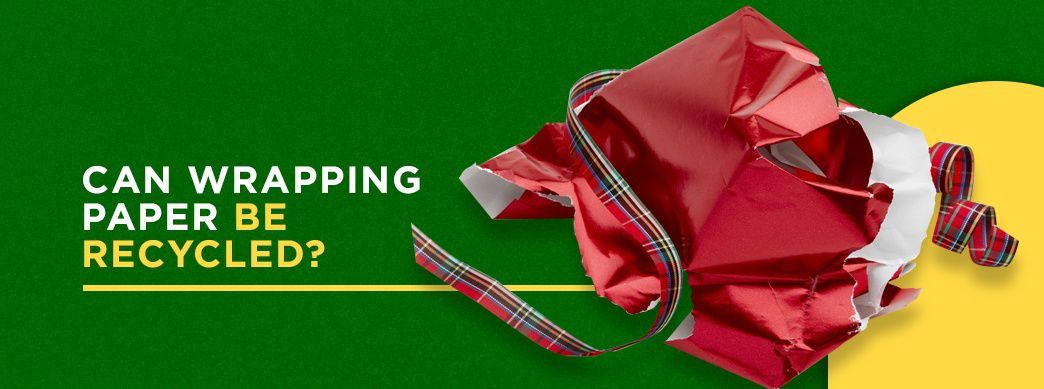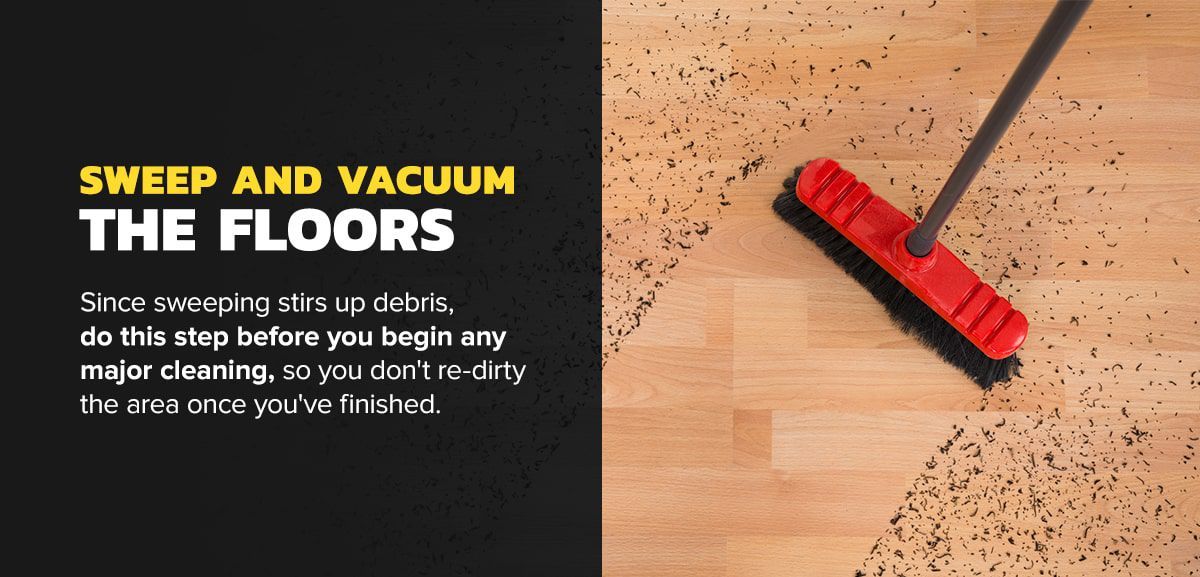Post-Construction Cleanup Tips
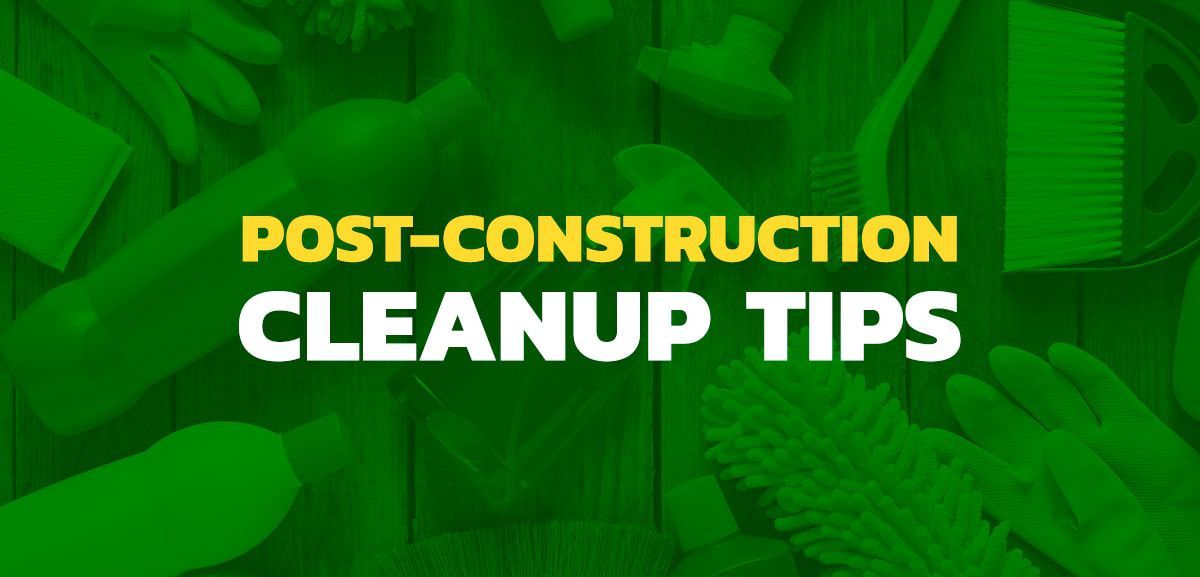
Both indoor and outdoor construction jobs can leave behind a lot of waste. Common site waste includes wood, nails, plaster, stone, dirt, brush and hazardous materials like paint stripper and some types of insulation. While post-construction cleaning might seem like a daunting task, there are some tips you can follow to make the process go quickly.
Tips for Cleaning up After Construction Projects
The key to safe and efficient construction site cleanup is to separate the project into individual tasks and take them one at a time. Remember to wear gloves, face masks, goggles and closed-toe footwear while cleaning to minimize the chance of injury. If you're cleaning up after a large-scale project, you may need to clean some things more than once to ensure the desired level of sanitation.
Here are some post-construction cleaning tips to help you break things down into manageable tasks:
1. Clean the Air
Purifying the air at your construction site is essential for your health and well-being. Construction site dust is filled with hazardous debris, including crystalline silica. Crystalline silica is a natural mineral substance created from crushing stone, rock, bricks, concrete and similar materials. When inhaled, crystalline silica can lead to lung and kidney disease, chronic obstructive pulmonary disease (COPD) or cancer.
The best way to protect yourself from these particles is to wear protective gear, purify the air with an air purifier and promptly change all indoor air filters. Make sure air vents are clear of any debris, dust and obstructions.
2. Sweep and Vacuum the Floors
If indoors, sweep and vacuum all hardwood and carpeted floors to remove caked-in dirt and dust. Since sweeping stirs up debris, do this step before you begin any major cleaning, so you don't re-dirty the area once you've finished. If outdoors, be sure to sweep off all sidewalks, patios, porches and other hardscapes. You might also consider using a pressure washer on some surfaces.
3. Sanitize and Dry Surfaces
Once you've swept and vacuumed away most of the dust, you should wipe down all surfaces in your home or business. Use sanitizing wipes or a sanitizing solution to disinfect. You may need to deep-clean soft surfaces like furniture and carpets with an industrial shampooer. Make sure you use cleaning agents suitable for the type of materials you're working with, like tile- and wood-safe cleaner.
Wash, wipe and sanitize the following indoor and outdoor areas:
- Countertops
- Ceiling fans
- Windows and window sills
- Blinds
- Light fixtures
- Handrails
- Furniture
- Appliances
- Cabinetry
- Cupboards
- Built-in shelves
- Door handles and hinges
- Walls, trim and doors
After you've wiped and sanitized these areas, dry them thoroughly to prevent mold growth or moisture damage.
4. Clean Tools and Hardware
Take the time to clean all the tools, hardware and equipment you used during your project before storing them. Doing this will help them last longer and avoid gathering buildup that can hinder performance. It will also save you time when you begin your next project. Use a tool-safe cleaning solution and be cautious when sanitizing sharp equipment.
5. Open the Windows
If you're working indoors, keep the windows open as often as possible to minimize the amount of dust, chemicals and paint fumes you inhale during construction. This step is especially important during job site cleanup when you are sweeping and using harsh cleaning agents.
6. Dispose of Waste
Prompt waste disposal is an important part of after-construction cleaning. If you leave waste and debris scattered too long, you can attract bugs and wildlife, and you risk tripping over large pieces. If you're a contractor working for a client, you're also operating under a strict timeframe and will want to complete the job as soon as possible. That includes making sure your waste disposal tactics are efficient and effective.
Create designated areas to separate different types of waste for easier removal. Use garbage bags and disposable gloves to sort all waste into the following categories:
- Garbage: Garbage includes standard waste and debris that is not recyclable or hazardous. Make two separate piles of refuse — things you can and cannot place in a dumpster. Some common construction site items that you can't throw in a dumpster include appliances, flammable materials, paints and chemical cleaners.
- Recyclable: With local recycling regulations in mind, place all recyclable items, like cardboard, paper, metal and plastic products, in their own pile separate from the garbage.
- Hazardous: Hazardous waste is material that is dangerous for you or the environment, such as solvents and asbestos. The Environmental Protection Agency (EPA) has regulations you must follow when disposing of hazardous waste. You cannot place these materials in a dumpster or else you risk public safety.
- Reusable: You may be able to reuse some materials and pieces, like old doors, glass panes and scrap metal. Save these pieces in a separate pile to resell or upcycle later.
7. Perform a Final Walk-Through
Once you've finished cleaning the entire area, take a break from the space for a few hours or overnight. This time will allow any final dust or debris to settle and gives you a chance to breathe fresh air. When you return, you'll have a refreshed perspective to locate any areas you may have missed cleaning the first time. This break time also allows you to wipe away the final layer of dust that's settled.
8. Rent a Dumpster
Renting an on-site dumpster lets you quickly and easily dispose of waste so you can clear up the necessary space to work in while you tackle the rest of your cleaning tasks. Prompt waste disposal also keeps wildlife and rain from creating a bigger mess of the garbage. Dumpsters are available in sizes that range from 10 to 30 yards, and they are delivered right to your worksite for increased convenience.
When renting a dumpster to help clean up after renovation, be strategic about how you load it. Keep larger pieces on the bottom and stack smaller garbage on top to maximize your space without overfilling. Always follow all rental instructions, such as refraining from disposing of prohibited items like dirt and liquids.
Rent a Dumpster for Your Project at D.B. Container Service
- If you need a dumpster rental for your next residential or commercial post-construction cleanup, contact D.B. Container Service. We can help you determine which size is best for your project's scope and have the dumpster delivered to your worksite when you need it. D.B. Container Service has been helping homeowners, contractors and businesses in Queens, Brooklyn, Manhattan, The Bronx and Staten Island tackle their cleanup projects since 2001. Contact us to learn more or schedule your dumpster rental today!



